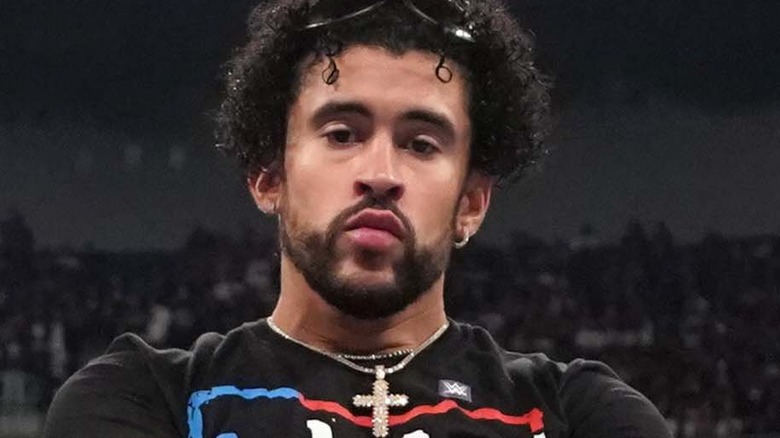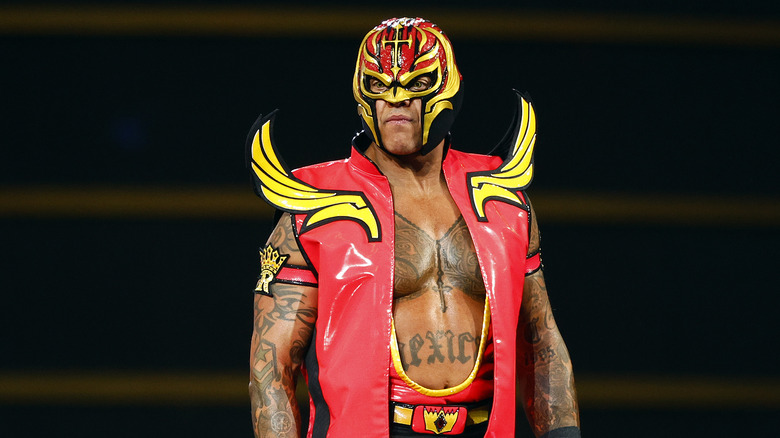WWE SmackDown Ratings Down For Backlash Go-Home Show Opposite NBA Playoffs
Despite Bad Bunny's live appearance in front of a hot Puerto Rican crowd and momentum from the previous week's ratings increase for the WWE Draft, Friday's episode of "WWE SmackDown" had difficulty preventing the NBA and NHL playoffs from siphoning its viewership. According to reporting from ShowbuzzDaily and Wrestlenomics, the show averaged 2,059,000 viewers overall (down 17 percent from the week before and the lowest for the show since August 26), approximately 678,000 of which were in the "key demo" most valued by advertisers, adults aged 18 to 49 (down 22 percent from the prior week, the lowest since December 16).
The latter figure translates to a 0.52 rating in adults 18 to 49, making it easily the top show on broadcast television for the night in that demo. However, factoring in the day's cable originals, it fell behind ESPN's coverage of the two NBA playoff games, both of which more than tripled it in the demo, as well as "NBA Courtside" and the post-game edition of "SportsCenter."
A Closer Look At 'SmackDown' Ratings Trends
This past Friday's show was focused on the final table setting before Saturday's Backlash event. The big highlight of the night was Grammy winner Bad Bunny officially joining the newly-revived Latino World Order and helping WWE Hall of Famer Rey Mysterio fend off an attack from The Judgment Day. Mysterio and Zelina Vega had faced Rhea Ripley and Finn Balor in the show's main event, which saw the LWO pick up the victory. The show also featured a blistering contest between two former "NXT" Champions as Shinsuke Nakamura was victorious over Karrion Kross.
For a bigger picture look at the ratings, the Wrestlenomics Patreon page tracks how "SmackDown" did in various demographics in relation to the median of the prior four weeks' numbers. By that metric, every demo being tracked saw double-digit percentage decreases, with the biggest loser being adults aged 18 to 34, which dropped 21 percent compared to the median, and adults aged 18 to 49 followed it with a 17 percent drop. The lowest percentage drop, ten percent, came in the grouping of both the under-18 and 50+ demos, meaning everyone outside of the key demo.

